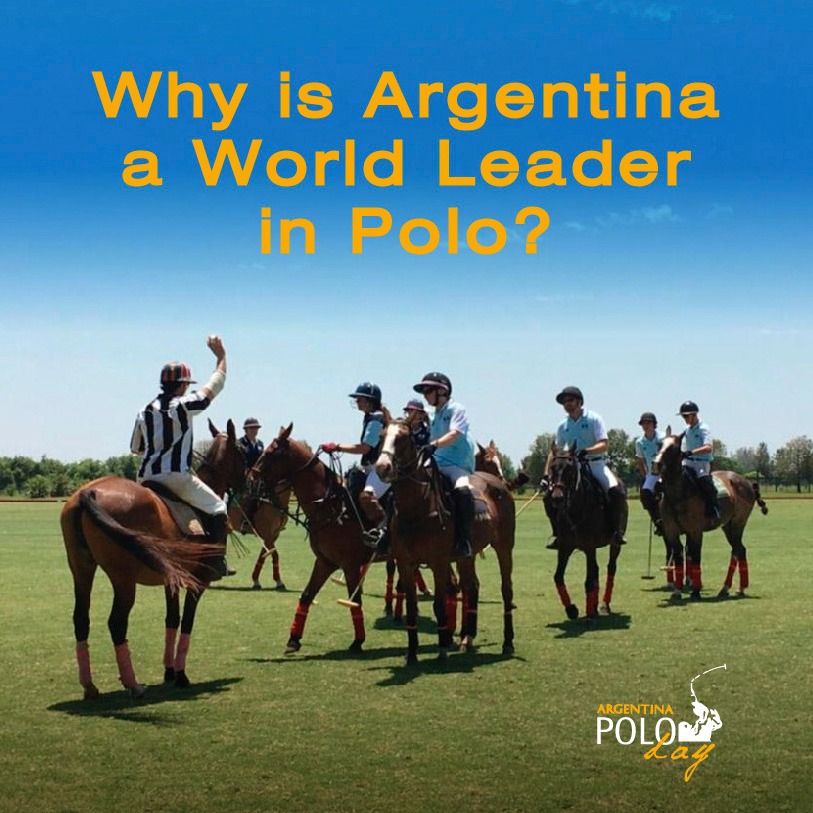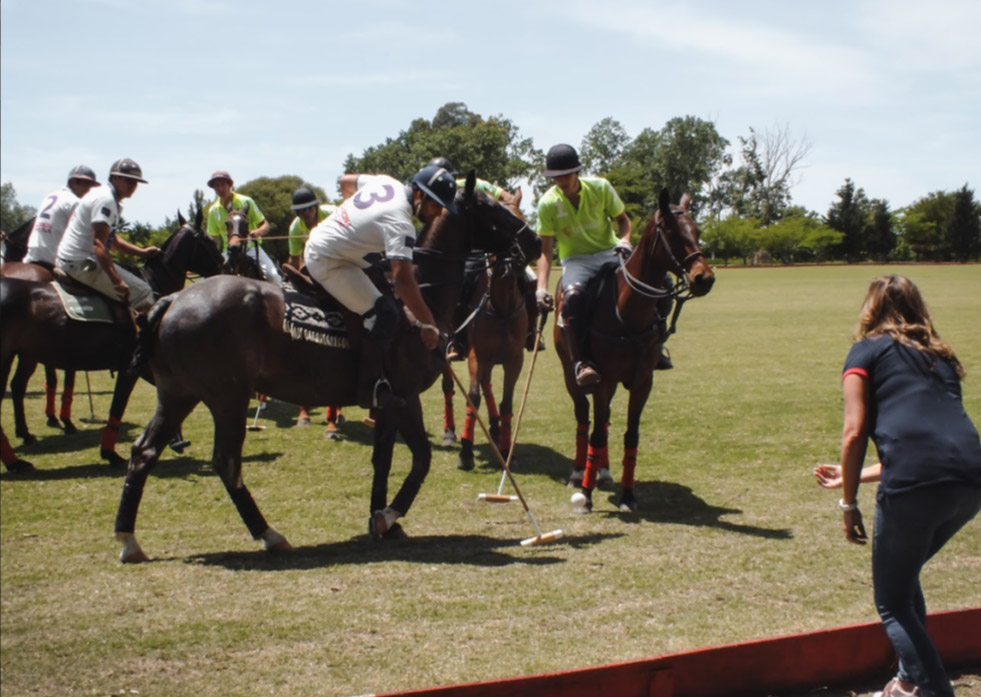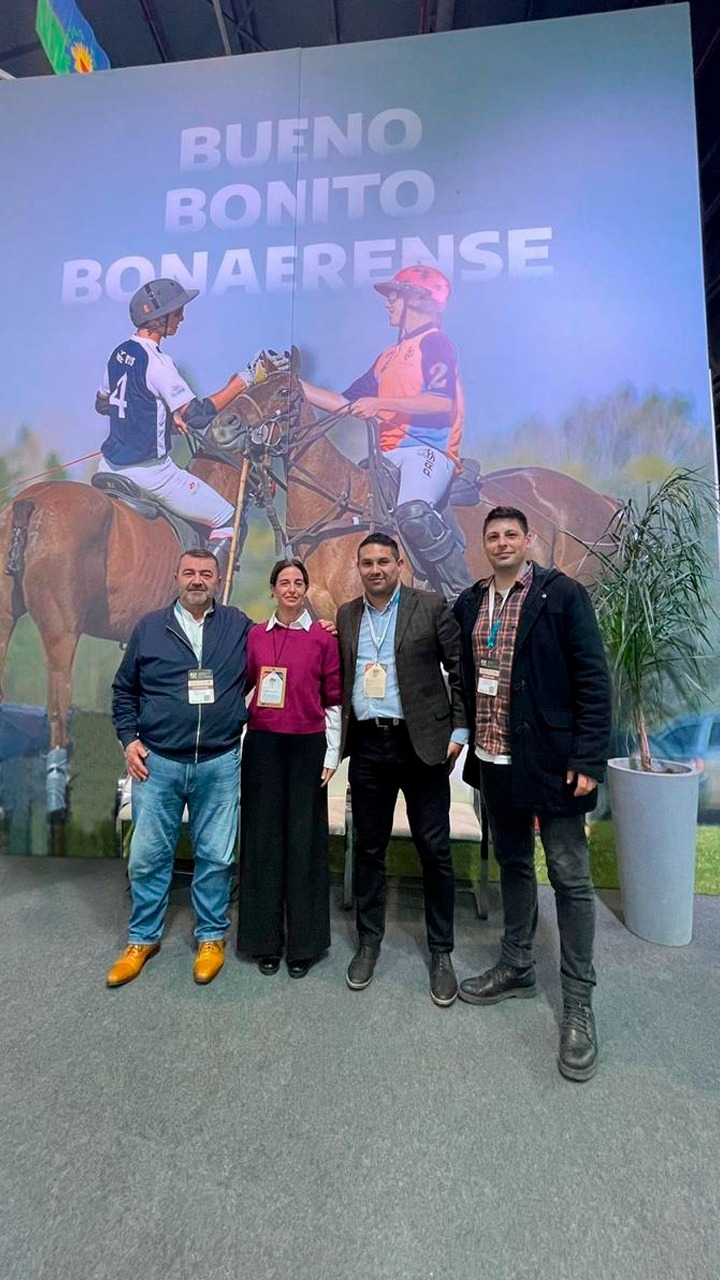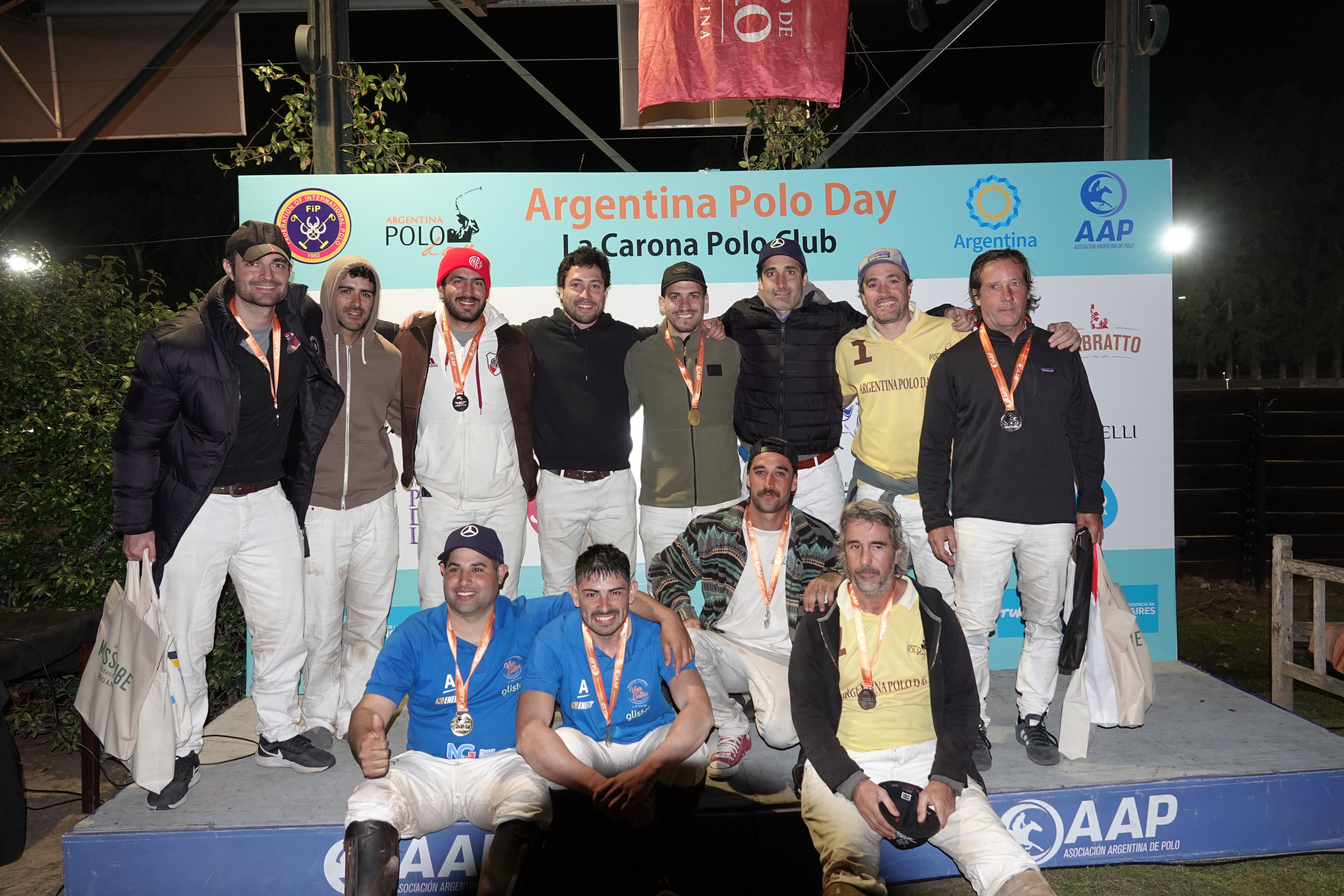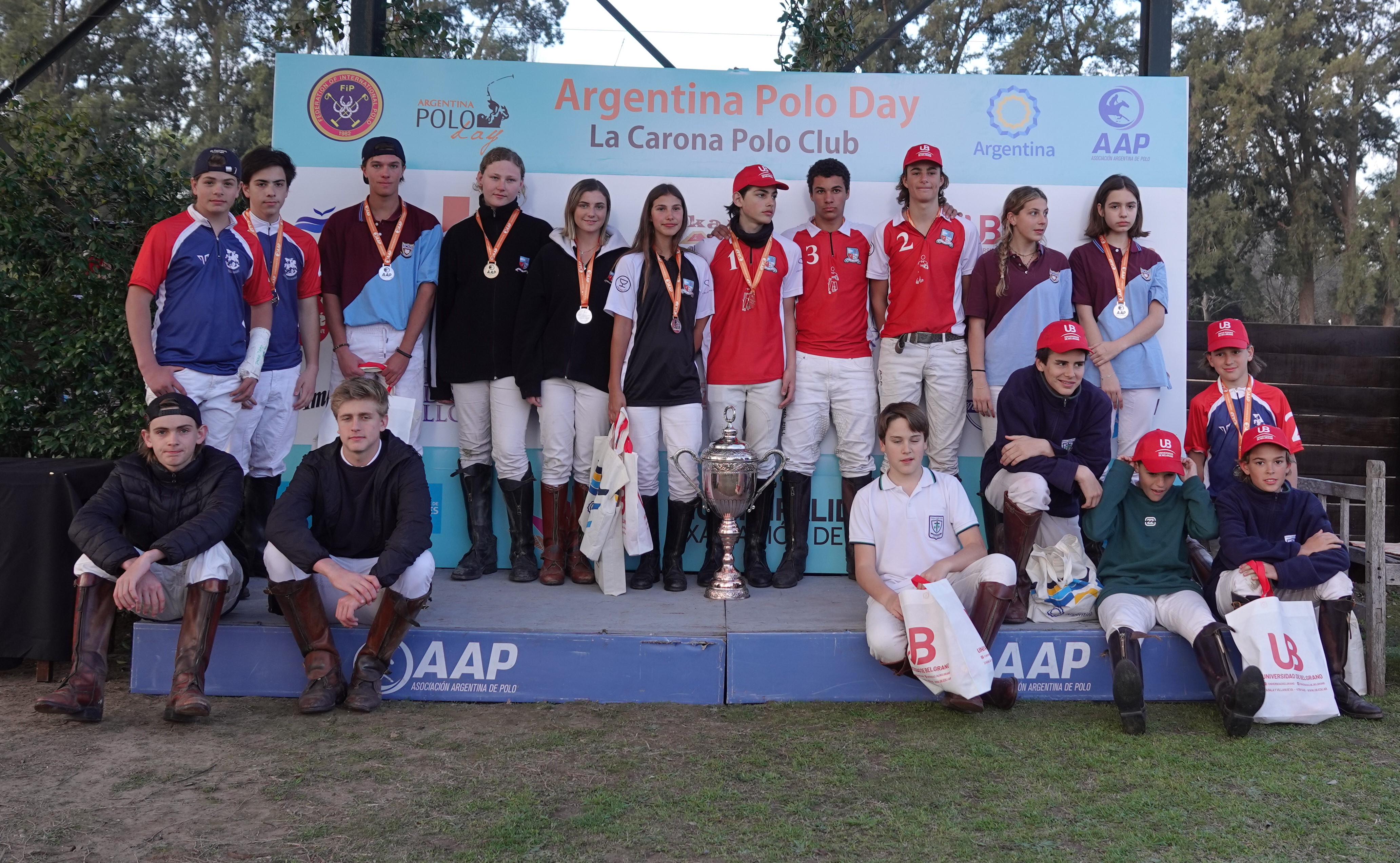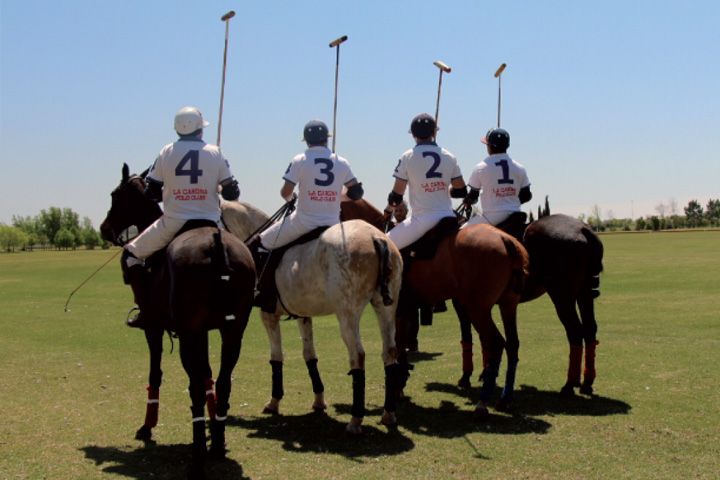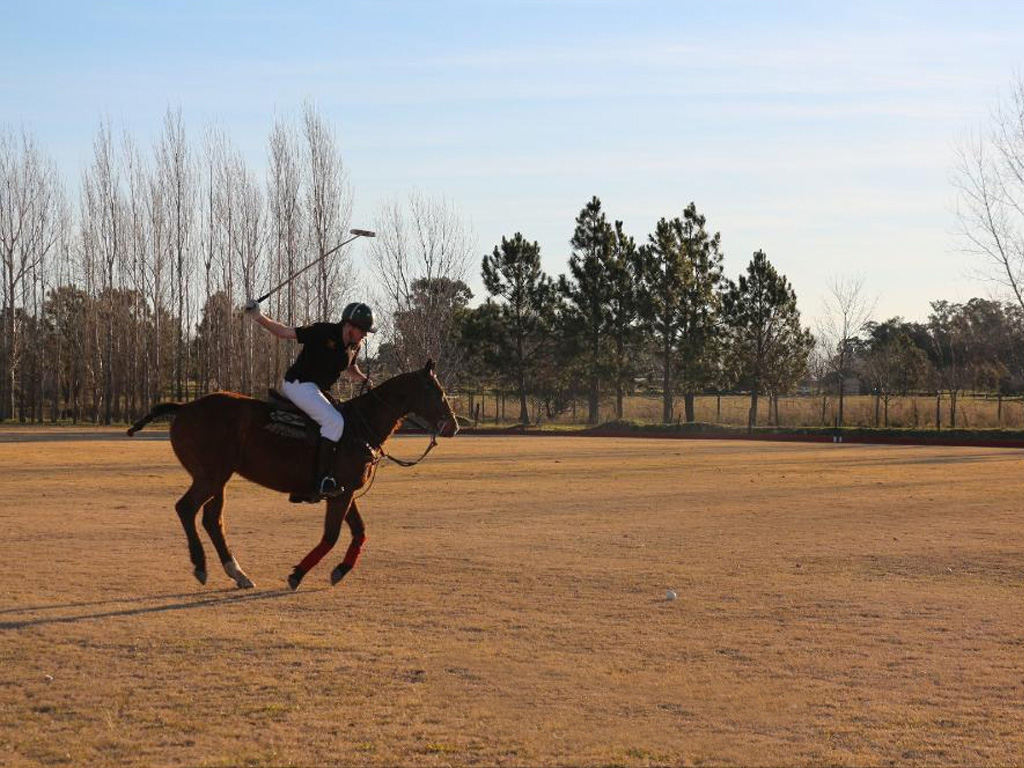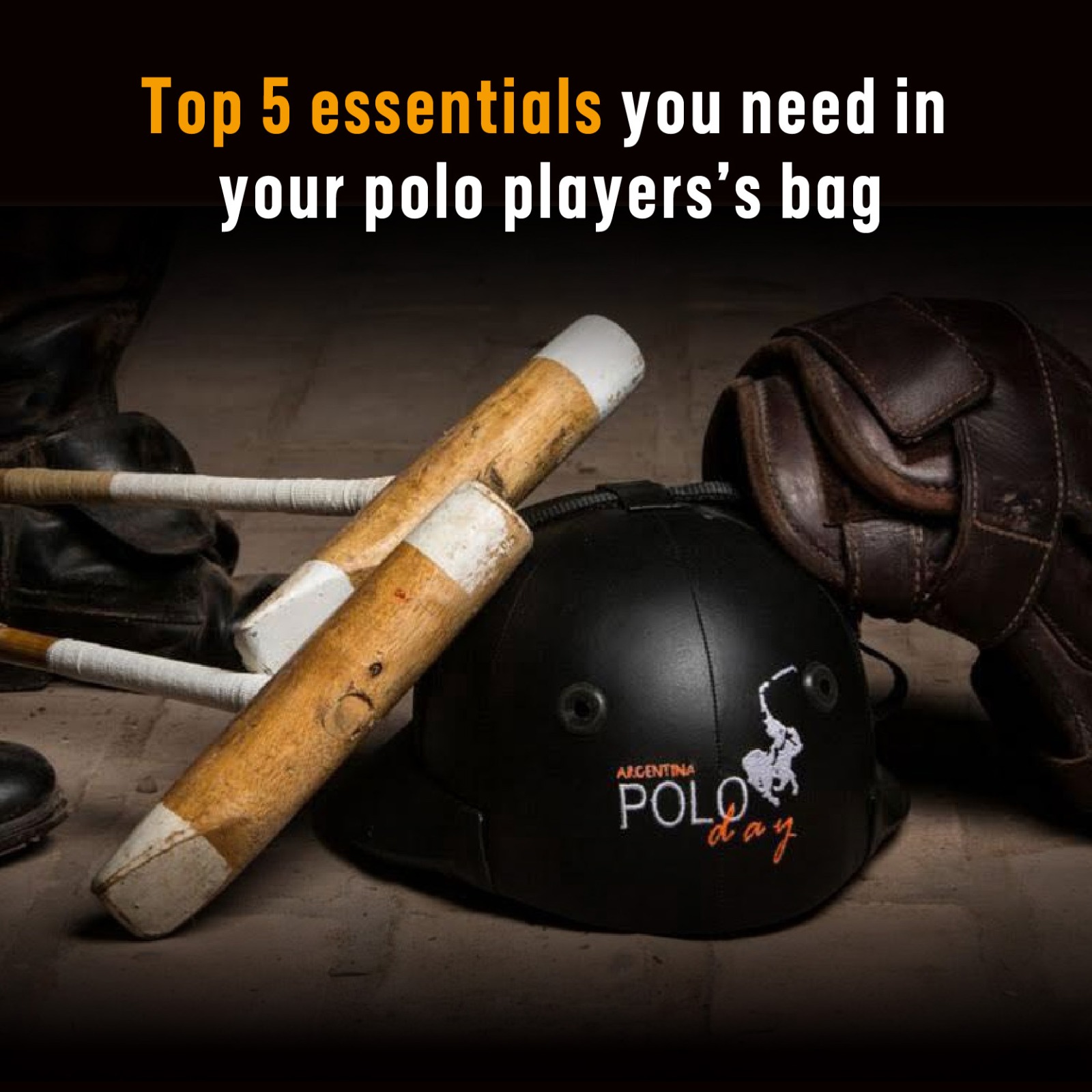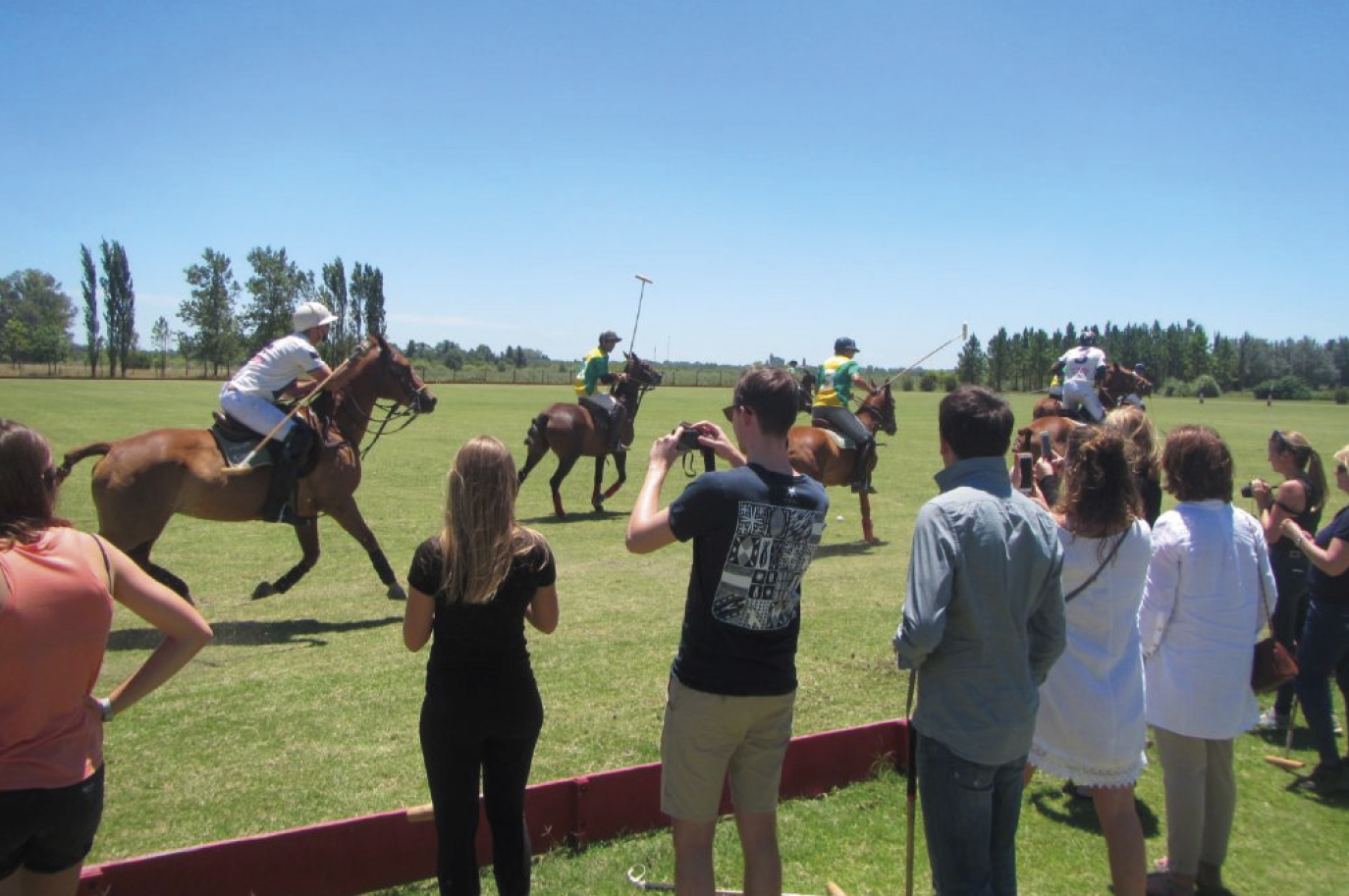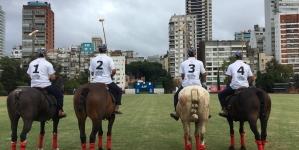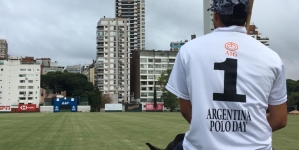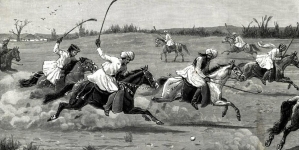-
How is a Polo Horse Trained? - 11 noviembre, 2024
-
Why is Argentina a World Leader in Polo? - 24 octubre, 2024
-
Essential Polo Rules: A Guide for Newcomers - 7 octubre, 2024
-
Argentina Polo Day en la Feria Internacional de Turismo (FIT) 2024 - 3 octubre, 2024
-
How to Play Polo Like a Pro: 5 Essential Tips - 26 septiembre, 2024
-
Un clasico del Polo, se celebra otra edicion del Torneo Grand Prix. - 12 septiembre, 2024
-
Se celebro historico primer torneo intercolegiales - 12 septiembre, 2024
-
Transformando Eventos Corporativos - 9 agosto, 2024
-
Argentina Polo Day y un compromiso con el futuro de todos. - 6 agosto, 2024
-
Top 5 Benefits of Playing Polo - 1 agosto, 2024
Taming of a Polo Horse: The Process
Before hitting the field for the first time, polo horses are trained with a professional, whose objective it is to get the animal ready for the game of polo
What does the training process entail?
The training incluyes the domestication and taming of the horse, a carefully constructed training for a specific role. The type of process depends on the objective – whether the horse will be for polo, for racing, or for show jumping.
Within the domestication process there are two contributing factors: the animal and their personal characteristics (genetics as well as character) and the trainer (and their personal style). The link between the two is fundamental to obtain the desired results: converting these animals into tame but athletic horses, that are still strong and resilient.
How long does this take?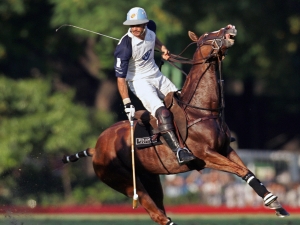
There is no general agreed upon time that training should take, as it depends rather fundamentally on the attitude of the animal. However it is estimated that the training of a «typical» polo horse should take, in general, around 5-6 months.
What is the technique?
There is no one specific training technique, but rather it varies with the time and experience of each individual trainer.
In any case, you can say that in the past few years the «traditional training» style has evolved into a «rational and intelligent» form in which the trainer looks to find the natural temperament and learning patterns of the horse without resorting to force, working with more innate elements of the animal.
This change came about mainly as a response to the changing needs of the profession of polo and thus, the horses.
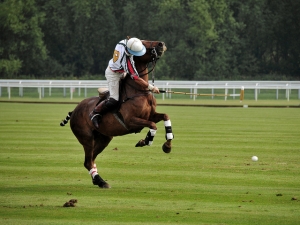 How many chapters are there in the training process?
How many chapters are there in the training process?
The process of horse training begins just after his first contact with his trainer. Once this link is secure, the training process begins based on teaching the basic movements of polo. The animal is trained to learn the changes in rhythm, stopping, turning, and going back that come with polo, as well as learning the pressure of the legs of the player on his sides, and how to work as a team.
Throughout this process of physical training, the trainer also is working on the character of the animal so it gains confidence, becomes less fearful, and learns what will be asked of it on the field when it comes time to play.
What other factors influence the process?
To obtain the best results, it’s fundamental that the training process is happens in conjunction with a personal relationship development, where the trainer treats the horse with kindness and compassion and loving gestures. This is key to the success of the horse being healthy, well-fed, and resting well.
Argentina, a country that has become synonymous with polo, has a long tradition in the training of polo horses and the great horse trainers have been key to this activity.


